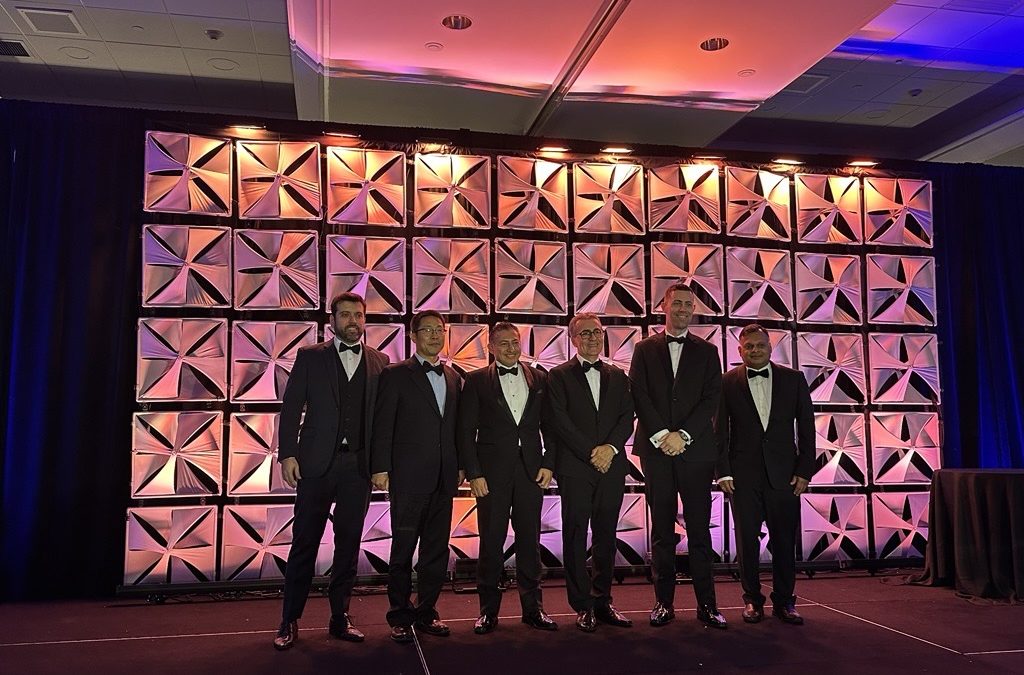With the data center build out, 400 gigabit Ethernet (GbE) technologies are emerging along with more complex signals such as Pulse Amplitude Modulation (PAM)-4, which allows for more bit content for the same bandwidth enabling engineers to nearly double the data throughput of their designs without increasing the bandwidth. These trends are expected to act as key growth drivers for the high-speed bit error rate tester (BERT) market over the next few years as customers progressively upgrade their laboratories with new equipment to address the market evolution.
However, these trends are translating into significant challenges for design engineers. For instance, high data transmission rates such as 100G and 400G require the use of multiple lanes operating at high speeds.
However, at 28G and above, SI issues such as distortion, channel loss, and test errors drastically increase. Thus, component and system manufacturers need instruments of higher quality to create, characterize, and validate their designs while paying close attention to the bandwidth of the cables used in their test setups and the connectors in order to make accurate bit error rate (BER) measurements. SI may also impact the margins engineers have for their designs making it critical for them to eliminate undesirable SI effects that are more prevalent at high speeds.

Addressing more complex modulation schemes such as dual polarization quadrature phase shift keying (DP-QPSK) and quadrature-amplitude modulation (16-QAM) and signal types such as non-return to zero (NRZ), pulse-amplitude modulation 4 (PAM-4), and PAM-8 signals also increases the need for more capable BERTs that feature multiple pulse pattern generators (PPG) and error detectors (ED). PAM-4 BER measurements, for example, require BERTs that feature two PPGs on the transmit end and ideally three EDs on the receive end. The quality of the key components in a BERT also increases in importance as more complex signals require more bits to be put into a given timeslot, which degrades the signal to noise ratio (SNR) and thus reduces the signal integrity of the PPG. PAM-4 DP-QPSK backplane and interconnect applications also require pre-emphasis capabilities in BERTs due to Intersymbol Interference (ISI) causing channel loss.

In addition, multiple technologies (Ethernet, Fiber Channel, and the Common Electrical Interface (CEI)), and modulation formats (PAM-4, Non-Return-to-Zero (NRZ)) co-exist in the market. The combination of higher data rates and coexistence of various technologies results in significant technical challenges for design engineers who need high-performance Bit Error Rate Testers (BERT) to conduct data center interconnect testing. Combined with the higher baud rates, electrical interfaces used for various distances on a board, and optical interconnect technology as well as the higher channel density, the co-existence of these various technologies is increasing the complexity of instrumentation. Standard study groups are working on lower numbers of lanes such for 25, 50 and 200 GbE and the aggregated optical market is transitioning from 1 to 4 lanes to 4 to 16 lanes. Designs that support 400 GbE varies and include 56G NRZ, 28G PAM-4 and 56G PAM-4 variations.
While the industry focus is currently on 400 GbE and PAM-4, the challenges faced by design and test engineers in the data center are only expected to grow further in the future. Over the next few years, data rates are expected to grow to 1 Tb/s and modulation schemes evolve to more complex data formats such as PAM-8, 16-QAM and Digital Multitone (DMT).
Overall, the market revenue for high-speed BERTs is expected to grow steadily over the next few years, resulting in a greater market share for these instruments, which currently generate 38.9% of the total market revenue. Over the next few years, demand for high-speed BERTs will essentially come from R&D applications, which will be followed by the manufacturing space as these technologies make their way down the product lifecycle. The BERT market is also expected to evolve toward more channels due to applications such as crosstalk measurements and the multi-channel nature of DPGPSK and 16QAM applications. The 2-channel segment represents the largest growth opportunity.
Finally, from a competitive standpoint, Anritsu and Keysight Technologies have strong offerings for the high-speed BERT market that include the MP1800A Signal Quality Analyzer and the M8040A High-performance BERT. Tektronix is expected to benefit from this market once the technologies impact the manufacturing space that it addresses with its BERTScope family.





